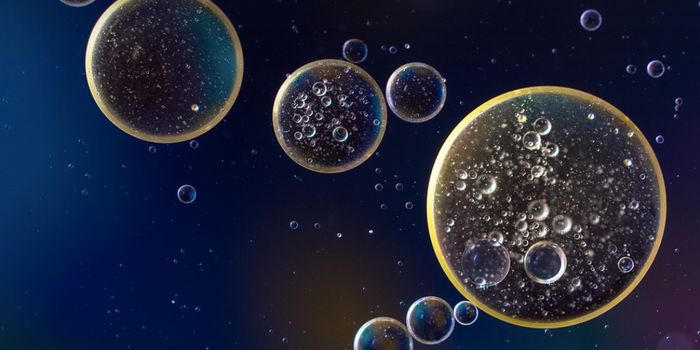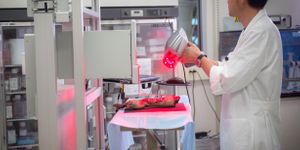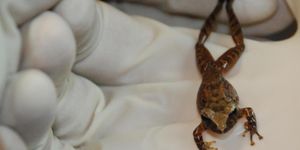What Are Sesquizygotic Twins?
A set of twins was recently born in Australia that is semi-identical, only the second such known set of twins in the world. Doctors identified these so-called sesquizygotic twins during the pregnancy. Identical twins are made when an egg fertilized by a sperm splits in two - the twins have the same genetic material, are monozygotic and are identical. When two separate eggs are each fertilized by different sperm, fraternal twins are produced, which are dizygotic. This case is different from both of those scenarios and is explained in the video.
"It is likely the mother's egg was fertilized simultaneously by two of the father's sperm before dividing," suggested Professor Nicholas Fisk, the leader of the fetal medicine team that monitored the mother and twins - a boy and a girl - during their stay at Royal Brisbane and Women's Hospital in 2014.
"The mother's ultrasound at six weeks showed a single placenta and positioning of amniotic sacs that indicated she was expecting identical twins. However, an ultrasound at fourteen weeks showed the twins were male and female, which is not possible for identical twins."
Dr. Michael Gabbett, who worked with Fisk, said that if two sperm fertilize one egg, it creates three sets of chromosomes, one coming from mom and two from dad. "Three sets of chromosomes are typically incompatible with life, and embryos do not usually survive," noted Gabbett. "In the case of the Brisbane sesquizygotic twins, the fertilized egg appears to have equally divided up the three sets of chromosomes into groups of cells which then split into two, creating the twins.
"Some of the cells contain the chromosomes from the first sperm while the remaining cells contain chromosomes from the second sperm, resulting in the twins sharing only a proportion rather 100 percent of the same paternal DNA."
A case of sesquizygotic twins in the United States was reported in 2007. In that case, one of the twins had ambiguous genitalia. After assessing their chromosomes, doctors determined that the twins carried identical maternal genetic contributions, but only around half of the father’s DNA.
A search of worldwide databases illustrated how rare sesquizygotic twins are, added Fisk.
"We at first questioned whether there were perhaps other cases which had been wrongly classified or not reported, so examined genetic data from 968 fraternal twins and their parents," he said. "However we found no other sesquizygotic twins in these data, nor any case of semi-identical twins in large global twin studies. We know this is an exceptional case of semi-identical twins. While doctors may keep this in mind in apparently identical twins, its rarity means there is no case for routine genetic testing."
Sources: Science Daily via Queensland University of Science and Technology, New England Journal of Medicine








